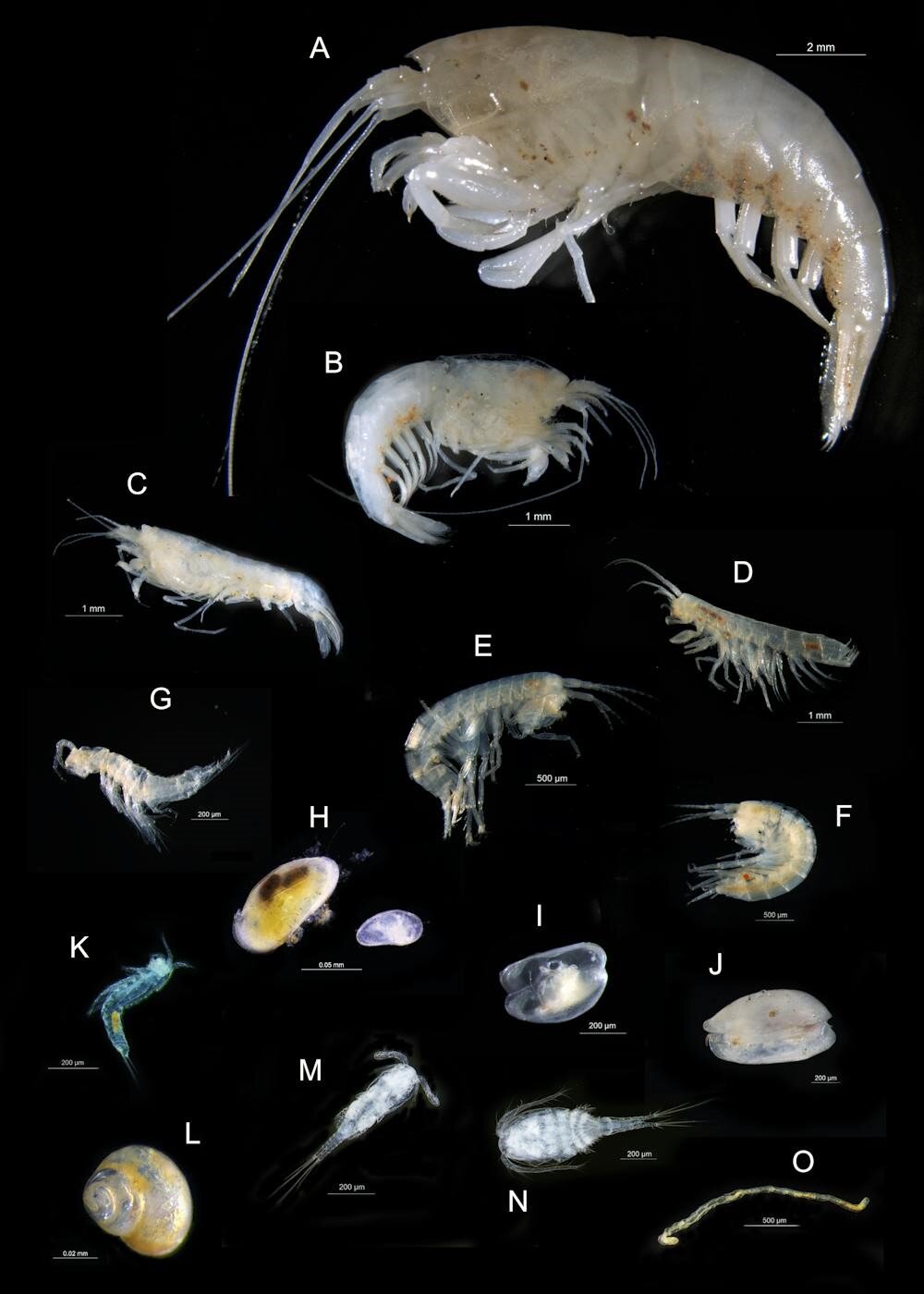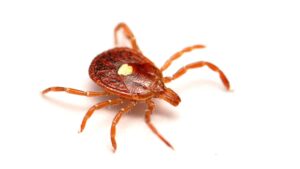
Driving along the Stuart Highway from Tennant Creek to Katherine in Australia’s Northern Territory, travelers might be captivated by the vast landscapes and soaring eagles. Yet, beneath the surface lies a hidden world teeming with life in the groundwaters of the Beetaloo Sub-basin. This subterranean ecosystem, supported by the expansive Cambrian Limestone Aquifer, is home to a fascinating array of stygofauna—organisms uniquely adapted to life in dark, low-oxygen environments.
Researchers from the Commonwealth Scientific and Industrial Research Organisation (CSIRO) have embarked on a comprehensive study of these underground communities. The project, part of the Gas Industry Social and Environmental Research Alliance (GISERA), aims to understand the distribution and ecological roles of stygofauna in the Beetaloo Sub-basin. According to Dr. Paul McInerney, a Senior Research Scientist at CSIRO, these creatures are vital indicators of groundwater ecosystem health and play a crucial role in nutrient cycling.
The Hidden Ecosystem Beneath
The Cambrian Limestone Aquifer, stretching over 570,000 square kilometers, provides a unique habitat for stygofauna. These organisms, which include shrimp, syncarids, cyclopoids, and isopods, have evolved remarkable adaptations to thrive in their subterranean environment. Many have lost their eyes and rely on other senses to navigate the darkness.
Stygofauna are divided into three main groups: stygoxenic species that occasionally inhabit groundwater, stygophiles that live in both surface and groundwater, and stygobitic species that exist exclusively underground. The latter group has been the primary focus of CSIRO’s research, as they offer insights into the environmental drivers of stygofaunal distribution and the potential impacts of industrial activities in the region.
Research and Discoveries
CSIRO’s research involved sampling over 50 groundwater bores across the Beetaloo Sub-basin, using environmental DNA (eDNA) to detect organisms and assess gene flow between populations. The study revealed that stygofauna primarily inhabit cavities within the aquifer, where dissolved oxygen levels are low and organic carbon is scarce.
In a groundbreaking approach, researchers also collected video footage of stygofauna swimming in groundwater bores and limestone cavities. This visual evidence, combined with eDNA analysis, has provided a clearer picture of the complex interactions within these hidden ecosystems.
“Stygofauna are fascinating creatures specifically adapted to life in underground aquatic habitats,” Dr. McInerney explains. “Their unique features allow them to thrive in challenging environments, which are frequently low in nutrients and oxygen.”
The Role of Microbial Communities
In the absence of sunlight, the subterranean food web relies on chemolithoautotrophic bacteria. These microbes obtain energy through chemical reactions with inorganic substances, playing a vital role in biogeochemical processes such as nitrification and methane oxidation. Their presence supports stygofauna by providing a source of carbon and energy.
CSIRO’s research has highlighted the importance of microbial communities in sustaining stygofauna. Variations in microbial populations between bores suggest that factors such as groundwater flow, aquifer connectivity, and geochemical properties influence their distribution. Understanding these dynamics is crucial for assessing the resilience of subterranean ecosystems to environmental changes.
Implications and Future Research
The study of stygofauna in the Beetaloo Sub-basin underscores the need for a deeper understanding of these hidden ecosystems. Human activities, such as lowering water tables and introducing contaminants, pose significant threats to groundwater habitats. Disruptions can alter water quality and nutrient profiles, impacting microbial communities and, consequently, stygofauna populations.
“Because stygofauna inhabit unseen underground ecosystems, their ecological roles are often overlooked. That’s why a deeper understanding of their interactions and dependencies is crucial,” Dr. McInerney emphasizes.
Future research will focus on identifying the habitat requirements and ecological roles of stygofauna to better protect these vital communities. By enhancing our knowledge of their interactions and dependencies, scientists hope to mitigate the risks posed by industrial activities and preserve the health of groundwater ecosystems.
As CSIRO continues to explore the mysteries of stygofauna, the findings will contribute to a broader understanding of subterranean life and inform conservation efforts in the region. The study not only sheds light on the resilience of these hidden communities but also highlights the intricate connections between surface and underground ecosystems.







